Cracked or Damaged Fireplace Panels
Home » Furnaces, AC's & Fireplaces » Fireplace »
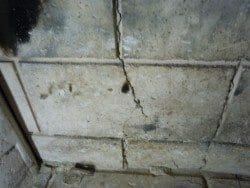
Manufactured fireplaces often have refractory (concrete like) panels in them to limit the transfer of heat in the firebox area. House fires can occur if there are cracks in the refractory panels that allow excessive heat to transfer through the cracks to the metal shell (box) and to the wood framing. The temperature in a wood burning fireplace gets very hot and can reach 1,100 to 1,500 degrees; with reasonable air circulation it may settle in at around 1,000 degrees.
Wood framing around a manufactured fire place
Most manufactured fireplaces in homes come as a unit that is installed with wood framing around them. They also have installation clearance requirements between the metal shell (box) of the fireplace and the wood framing. If proper clearances are not provided or the metal shell / box gets too hot, then the wood framing may ignite at temperatures as around 570 °F. If pyrolysis (decomposition from high temperatures) takes place the wood may ignite at even lower temperatures, such as 390 °F.
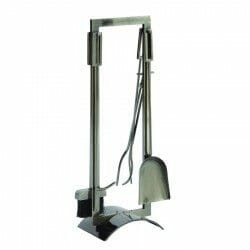
Causes of cracks
One of the most common causes of cracks, especially hairline cracks, is the heating up of a panel causing it to expand, then the cooling of the panel causing it to contract. When this process happens repeatedly, then hairline cracks may appear.
Other causes may include:
- Panels may become cracked or damaged due to excessive heat from an improper fire in the firebox area. The fire may have been built too large or not positioned correctly in the fireplace; therefore the panels get exposed to excessive heat.
- When moving a log in a burning fireplace with a metal stoker rod and the panel gets hit too hard, it may crack.
- If someone tosses water into a fireplace to extinguish a few lingering embers, and the water hits a hot panel, thermal shock can crack it.
- Defective panels: Manufactures occasionally have a batch of panels that did not cure properly or got dropped or bumped at the factory. These may not crack until installed or they are exposed to a fire.
Crack size and damage
When analyzing a crack to determine how serious it may be, first check to see if the fireplace manufacture has any guidelines regarding cracks and the fireplace refractory panels.
There are some fireplace professionals that feel if a crack is less than 1/16 of an inch wide or if you can not fit a dime into the crack, that it may be ok or that just a limited repair would be wise. When a panel has wide cracks, multiple cracks or portions of a panel are missing or damaged, then it would be wise to replace the panel. sometimes the panels can be repaired.
If uncertain about what to do, having a fireplace specialist look at your panels might help or another option is to have a fireplace inspection. Read about 3 levels of fireplace inspections.
Repair or replacement
There are repair type products that will work in some instances, and in other instances it would be wise to replace the damaged panel. If you decide to replace, there are a number of companies that manufacture refractory panels for replacing existing ones, as well as companies that furnish a little larger panel, often called a “blank” that can be cut to size to fit the fireplace.
Should you have a house fire, it’s important to know what you can do to save your life.

The time we have to escape a house fire has dropped tremendously compared to 30 years ago.
Having smoke alarms and carbon monoxide detectors has helped reduce the loss of life; however houses today burn a lot faster and hotter than 30 or 50 years ago. Knowing what to do in today’s house fires is critical and may save your family’s life.
(Read what to do in a house fire to save your life)
1. What does a damper clamp do and when do you need one?
2. What are the 3 levels of fireplace inspections for home owners?
3. Rain caps and spark arrestors for fireplaces. When do you need one?
4. Cracks in brick chimneys can be minor or serious. Learn more.
5. Is Soot and Creosote build-up in your fireplace a fire safety issue?
amzn_assoc_placement = “adunit0”;
amzn_assoc_tracking_id = “undergradbook-20”;
amzn_assoc_ad_mode = “search”;
amzn_assoc_ad_type = “smart”;
amzn_assoc_marketplace = “amazon”;
amzn_assoc_region = “US”;
amzn_assoc_default_search_phrase = “Fireplace panels”;
amzn_assoc_default_category = “All”;
amzn_assoc_linkid = “49ba88749e09fcd91503dbee214158ba”;
amzn_assoc_design = “in_content”;
DIY Home owners will sometimes repair or replace a panel themselves. Fireplace companies, as well as some chimney sweeps and handymen generally can do this work easily and quickly.
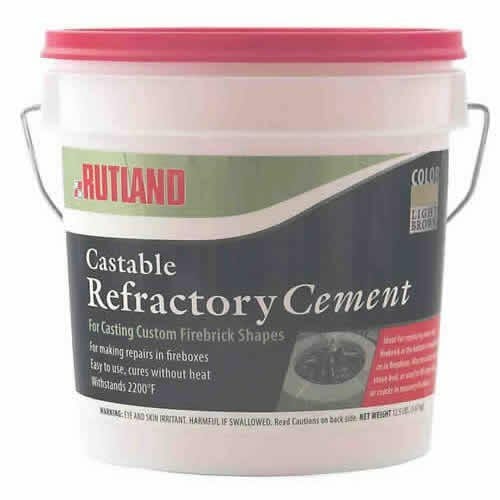
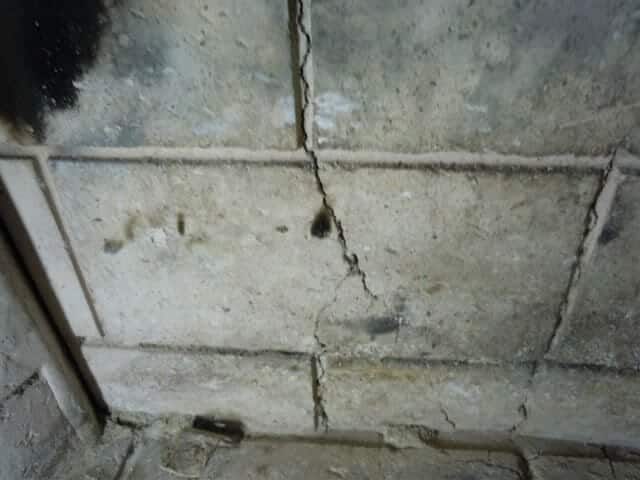
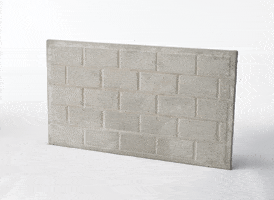
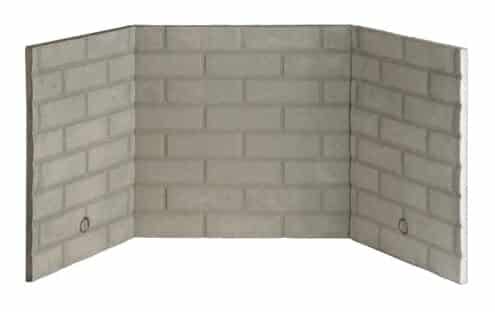

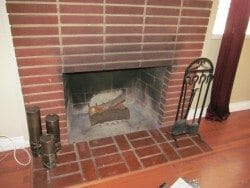
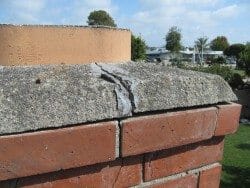
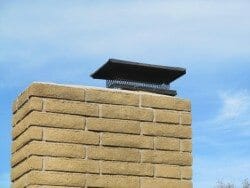



I am trying to sell my home and after the inspector got through he said I needed to replace the refractory wall in the fireplace because of a crack much like the one in the picture above. How much to these cost? Cant i just buy some kind of cement to patch it with???????
2 fireplace panels were put in my fireplace this week by our local chimney company. The worker placed the floor panel in….but in two separate pieces and cementing the center seam. I have not used the fireplace as of yet because of my concern with safety as that has been put in that way and not one panel. My question..is it safe or is that only going to last a short while?? Thank you!
how do you repair bottom of fireplace
If there is sitting at the center of the base, would refactory mortar or caulk give me an extra year before panel replacement? Thanks!
you indicate a blank you can cut to size. can not find……I need 31×24